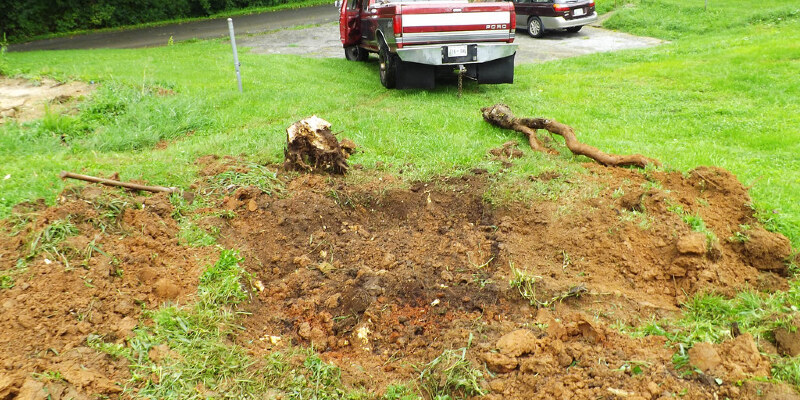Most of California attributes the mild climate required for growing citrus fruits, but several physicians have the space for a complete orchard. A mixed citrus tree can allow you to enjoy lemons, tangerines and oranges without planting your whole yard with trees. Careful grafting techniques assist professionals create those intriguing trees.
Grafting
The ancient method of grafting is used to include branches of various citrus fruit trees to a central rootstock. The branches are known as scions and has to be compatible with the rootstock. The perfect root variety is dependent upon the regional conditions. Some stocks offer resistance against certain diseases or boom in tough conditions, according to the University of California Backyard Orchard curriculum. Using a dwarf rootstock will permit you to plant the mixed citrus tree in a pot.
Care
Despite growing five or six different types of fruit, the following trees need the identical basic care as some citrus. The Fruit Salad Tree Company claims that trees with multiple grafts do require extra pruning through the summer and spring to prevent one variety from utilizing all the resources from the origins. Use mulch around the trees to keep moisture levels constant and to keep summer heat from damaging the surface origins. Any fertilizer formulated for citrus will keep your tree healthy. The tree has to be watered when the soil round the roots starts to dry out at 5 inches under the surface.
Limitations
While other rootstocks support a range of dramatically different stone fruits, mixed citrus trees can’t develop nectarines or peaches. The Scientific American claims that all the grafts on one tree must come from the identical botanical family and there is no guarantee that all the varieties will thrive. All kinds of grafting can fail due to flaws in the scions or improper maintenance throughout the process.
Problems
Many companies which produce these mixed citrus trees don’t mention that rootstock they use. This can make it difficult to locate a tree that will work on your region if the soil harbors a particular disease. Making your very own mixed tree gives you a chance to pick a rootstock that matches your unique conditions. The University of Florida Citrus Research and Education Center also warns the citrus greening disease can spread when scions from infected trees are used for grafting; this disorder stunts the development of the origins and causes that the invading to perish.
